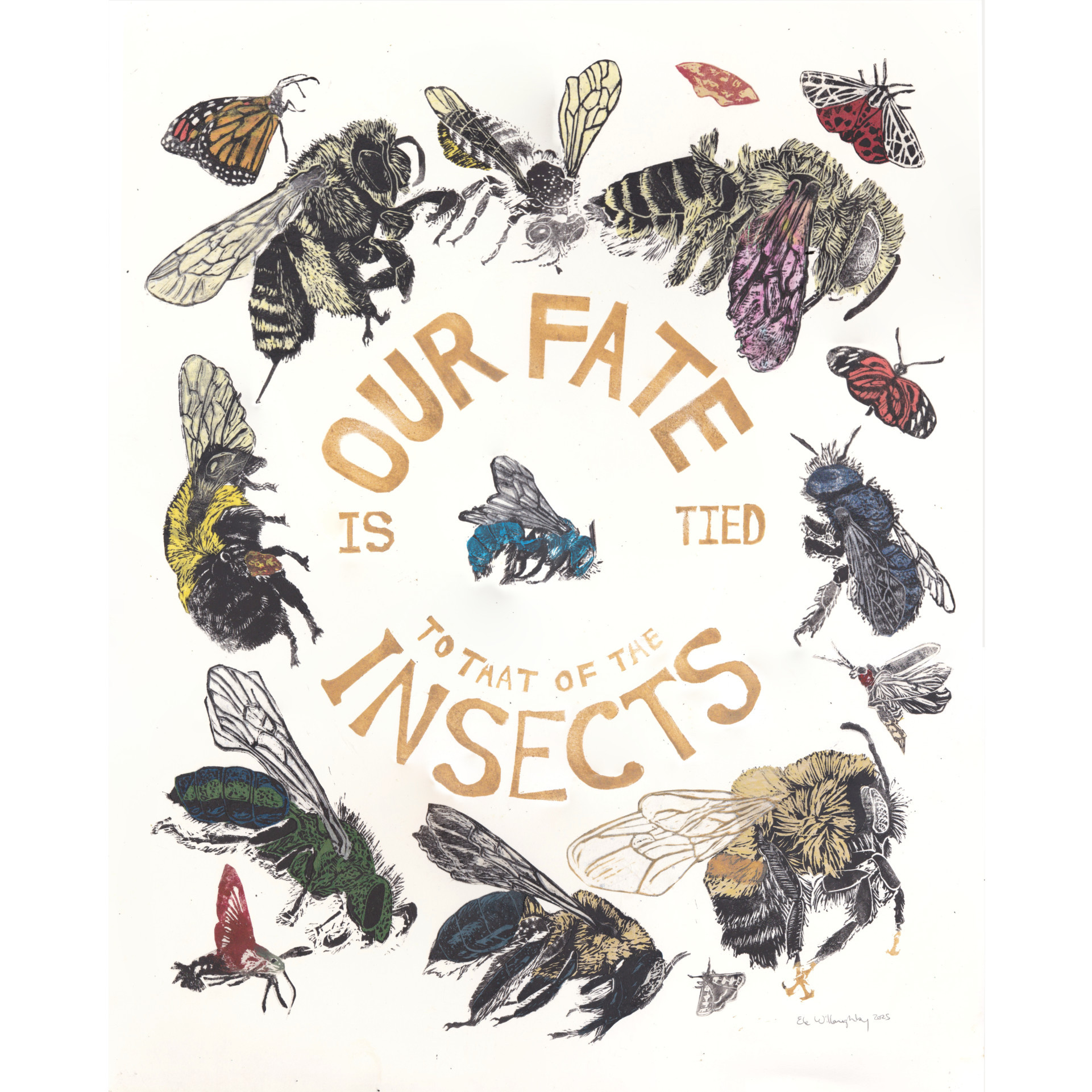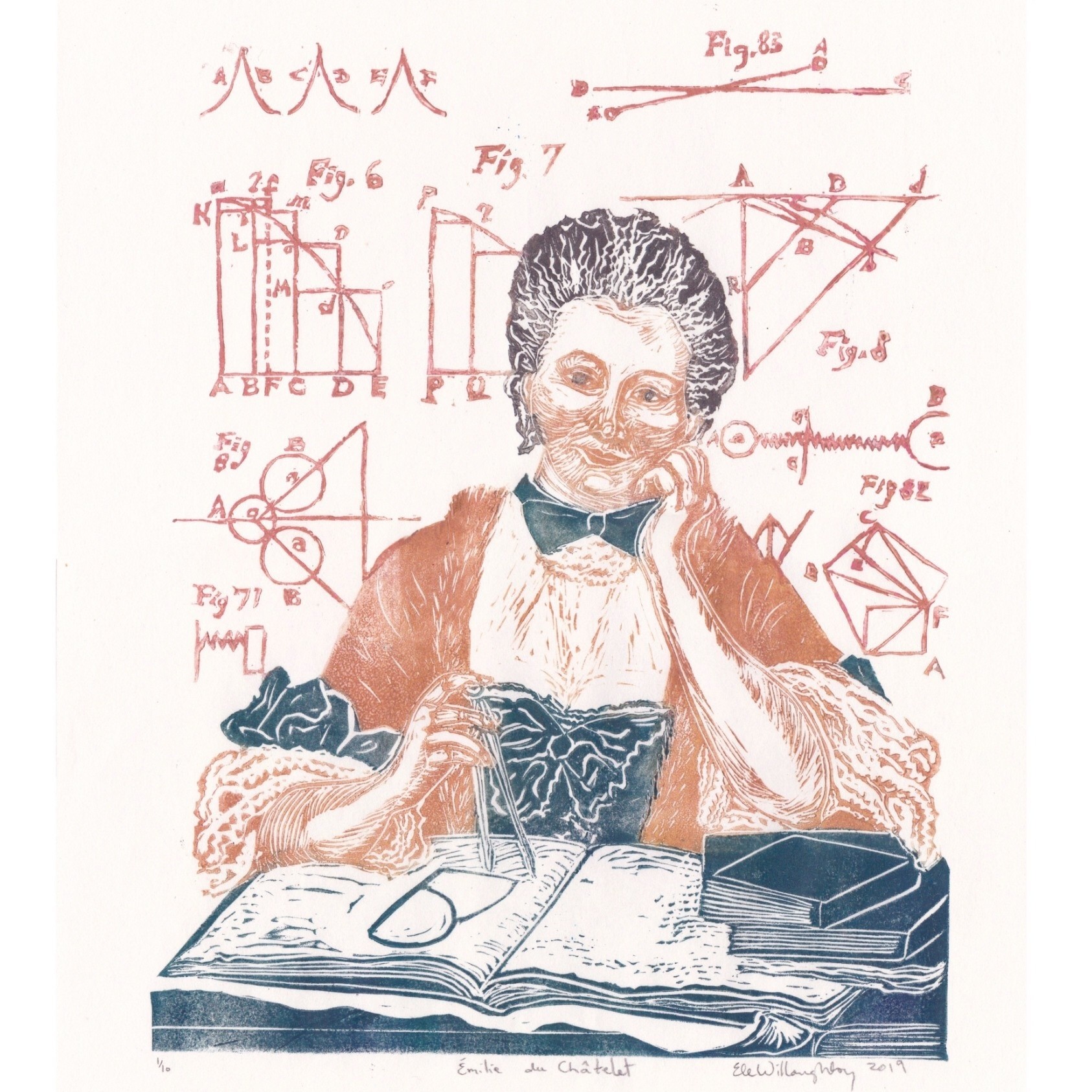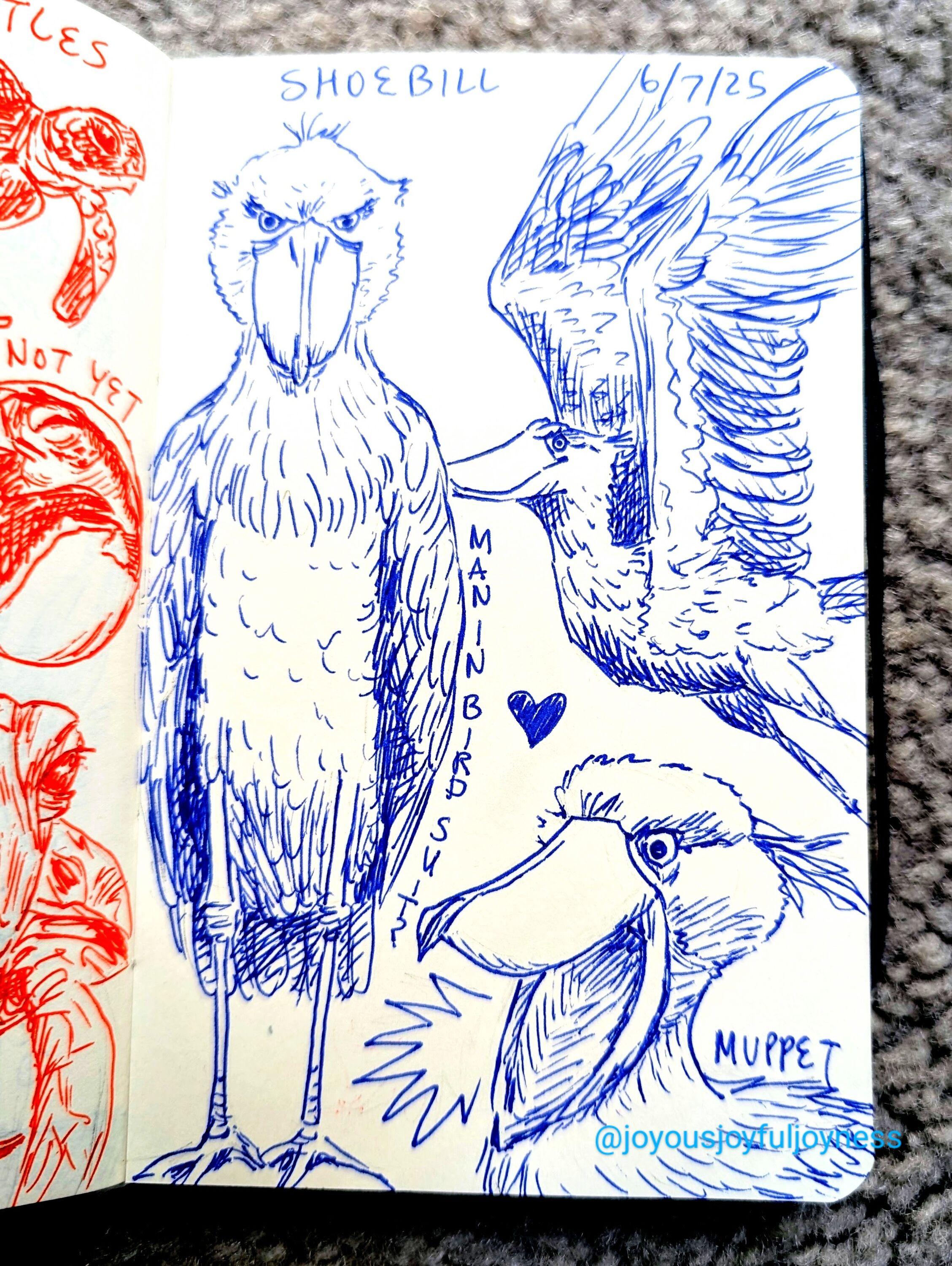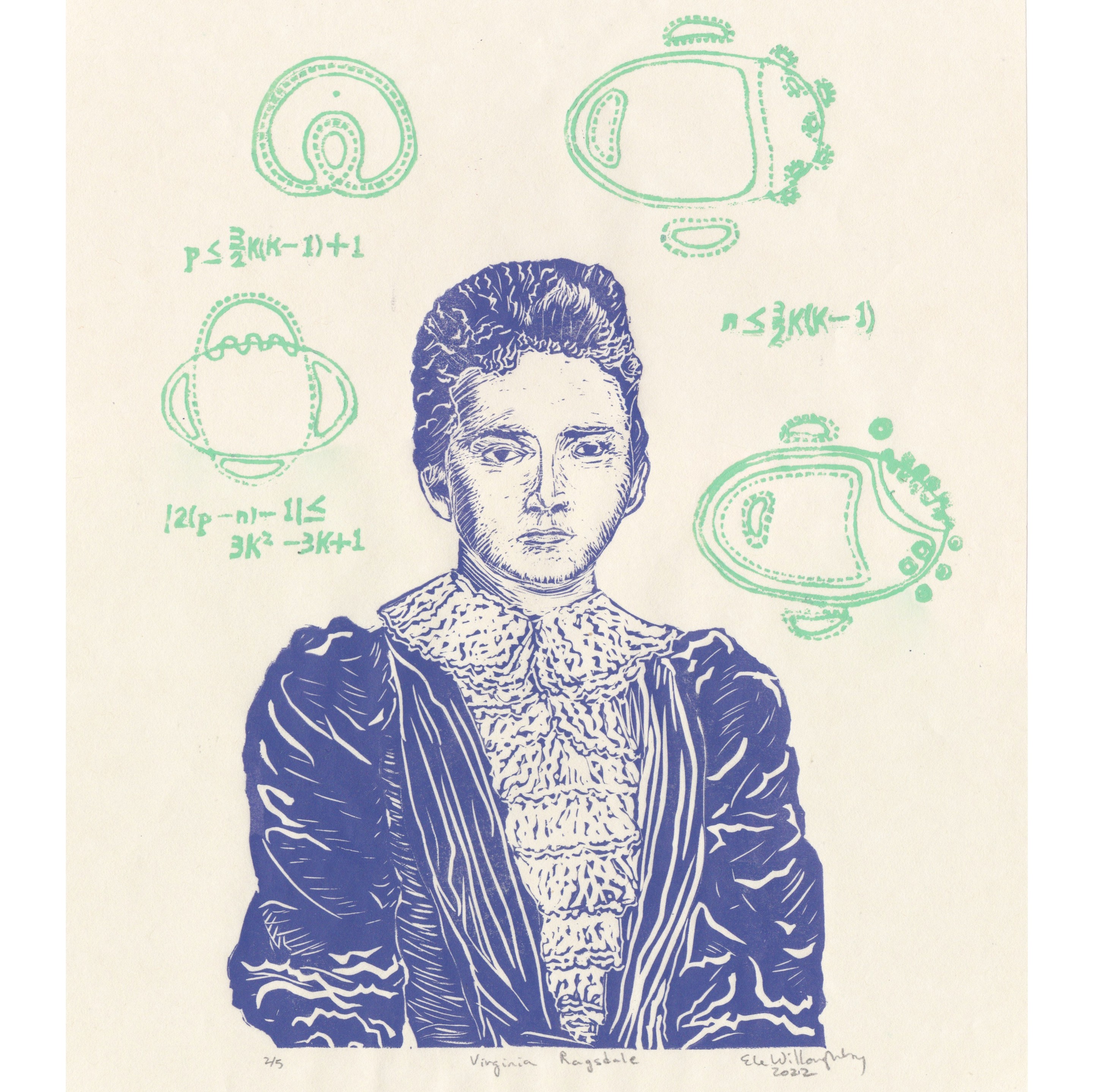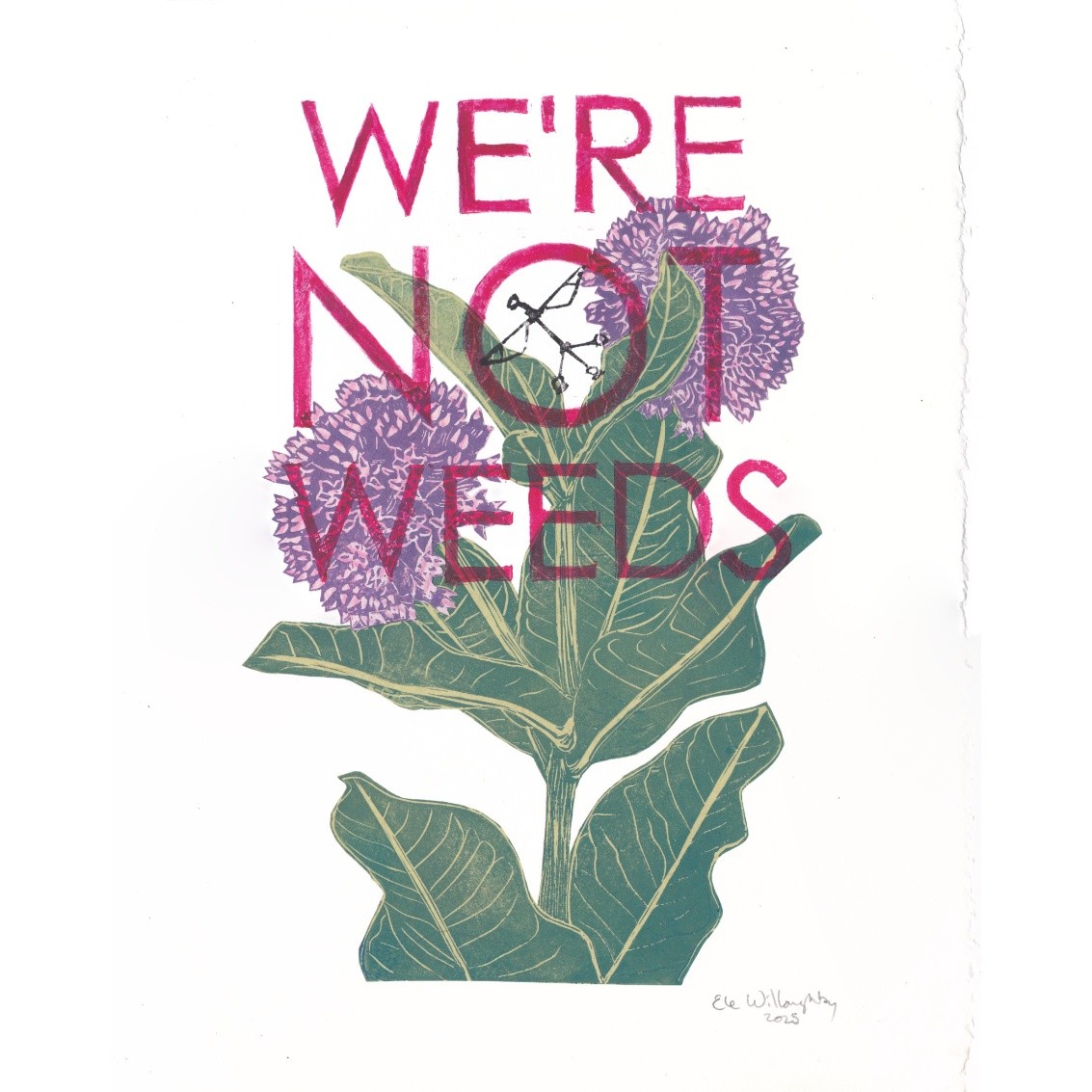Day 22 #artAdventCalendar my bee (and other pollinator) propaganda I made for Manufactured Ecosystems. Thinking about the future of pollination and seeking solutions from technological and nature-based knowledge. This is essentially my conclusion: we can aid our beleaguered pollinators with technology but their continued success is vital. 🧵
#linocut #printmaking #sciart #typography #insects #entomology #ecology #pollinators #nativeBees #butterflies #moths #manufacturedEcosystems #mastoArt
Day 22 #artAdventCalendar my bee (and other pollinator) propaganda I made for Manufactured Ecosystems. Thinking about the future of pollination and seeking solutions from technological and nature-based knowledge. This is essentially my conclusion: we can aid our beleaguered pollinators with technology but their continued success is vital. 🧵
#linocut #printmaking #sciart #typography #insects #entomology #ecology #pollinators #nativeBees #butterflies #moths #manufacturedEcosystems #mastoArt
My cover for current Cell journal
"A single-nucleus transcriptomic atlas of the adult Aedes aegypti mosquito"
https://www.cell.com/cell/fulltext/S0092-8674(25)01137-7
#sciArt #sciComm #illustration #mosquito #mosaic #cells #atlas
Bonus #ArtAdventCalendar day 17 - Happy birthday to Gabrielle Émilie Le Tonnelier de Breteuil, Marquise du Châtelet (1706-1749), a natural philosopher, #mathematician and #physicist, shown here in my #linocut portrait with #diagrams from her ‘Principes Mathématiques de la Philosophie Naturelle’, a two-volume translation and commentary of Newton’s ‘Principia’, published in 1759 in French in Paris.⠀
⠀🧵
⠀
#printmaking #histsci #WomenInSTEM #duChâtelet #SciArt #mathematics #mastoArt
This coming weekend (Dec 20-21), I'll be back at Mare Island in Vallejo, CA for the Mare Island Art Studios Holiday Bazaar, with some of my artworks and gifty items.
If you're in the area and would like me to bring a particular piece you've been wanting to see in person, be sure to let me know.
https://mareislandartstudios.com/events/holiday-bazaar-4-2025-12-20/
For today's #DecembArt post, I'm sharing an attempt at protest art with angry penguins. This was for a "Hands Off Science" demonstration. Yes, this was around the time I started drawing penguins.
This coming weekend (Dec 20-21), I'll be back at Mare Island in Vallejo, CA for the Mare Island Art Studios Holiday Bazaar, with some of my artworks and gifty items.
If you're in the area and would like me to bring a particular piece you've been wanting to see in person, be sure to let me know.
https://mareislandartstudios.com/events/holiday-bazaar-4-2025-12-20/
#artAdventCalendar: Happy birthday to #mathematician Virginia Ragsdale (1870-1945). The Ragsdale conjecture, made in her 1906 dissertation, is amongst the earliest and most famous on the #topology of real & algebraic curves, which stimulated a lot of 20th century research & was not disproved until ‘79. A correct upper bound has yet to be found. In her dissertation she tackles the 16th of David Hilbert’s 🧵
https://minouette.etsy.com/listing/1205408496
#womeninSTEM #printmaking #sciart #mathart #histsci #mastoArt
For today's #DecembArt post, I'm sharing an attempt at protest art with angry penguins. This was for a "Hands Off Science" demonstration. Yes, this was around the time I started drawing penguins.
Another sketchbook page with corvids! Tried out the Sailor fude 45 fountain pen, super fun!
#artAdventCalendar: Happy birthday to #mathematician Virginia Ragsdale (1870-1945). The Ragsdale conjecture, made in her 1906 dissertation, is amongst the earliest and most famous on the #topology of real & algebraic curves, which stimulated a lot of 20th century research & was not disproved until ‘79. A correct upper bound has yet to be found. In her dissertation she tackles the 16th of David Hilbert’s 🧵
https://minouette.etsy.com/listing/1205408496
#womeninSTEM #printmaking #sciart #mathart #histsci #mastoArt
Day 10 #artAdventCalendar A piece for Manufactured Ecosystems about the future of pollination about who decides what gets pollinated if humans and our devices are the only pollinators.
The definition of “weed” is usually pretty arbitrary and usually all sorts of native plants get caught up in our human biases. Milkweed is insanely popular with the pollinators in my garden and 🧵
#linocut #sciart #printmaking #pollination #future #milkweed #ecology #manufacturedEcosystems #mastoArt
Another sketchbook page with corvids! Tried out the Sailor fude 45 fountain pen, super fun!

